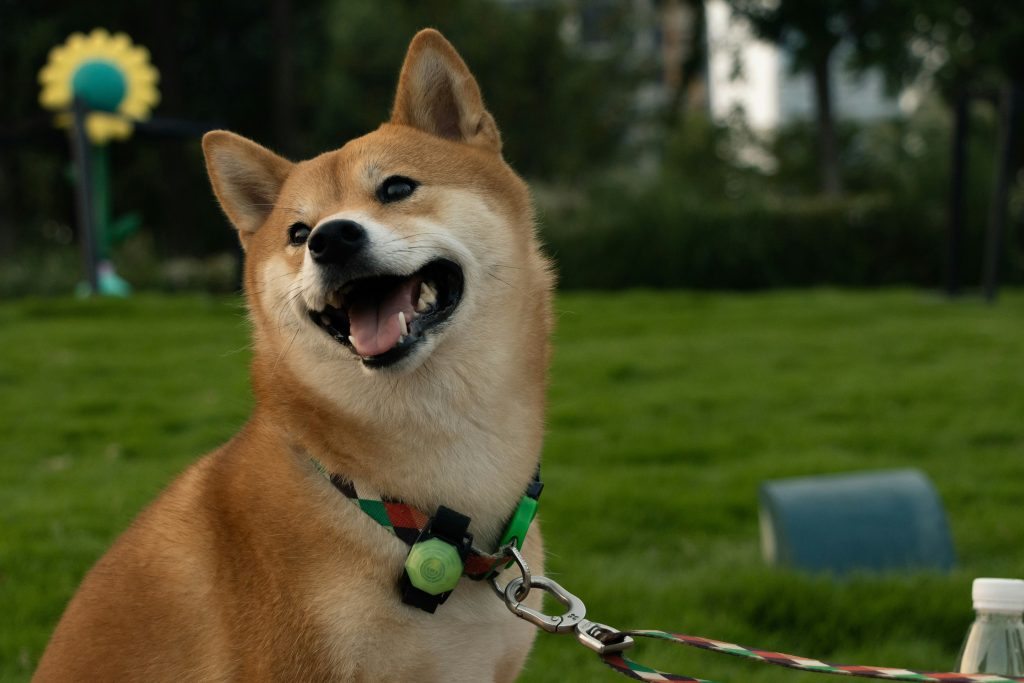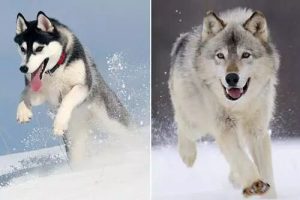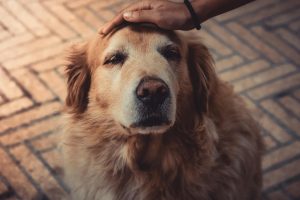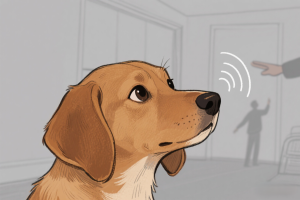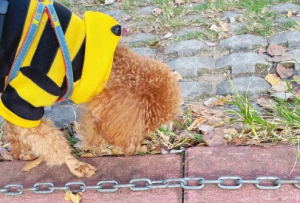The “Dog Days of Summer” are the hottest and most humid time of the year, and it’s especially dangerous for dogs. Dogs primarily rely on panting and their paw pads to cool down, and hot, humid environments can easily lead to heatstroke (which can be fatal!). As a responsible owner, it’s crucial to pay extra attention to the following points:
-
Watch Out for Hot Pavement
Test the ground temperature: Before going outside, press the back of your hand firmly against the pavement or ground for 5-7 seconds. If it feels hot to your hand, it’s too hot for your dog’s paw pads!Choose cooler surfaces: Try to have your dog walk on grass, dirt paths, or shaded areas to avoid scorching hot asphalt, concrete, or brick surfaces in direct sunlight.Consider dog shoes: If you must walk your dog on hot ground, consider getting protective pet shoes (make sure to get them used to them in advance).
-
Ensure Plenty of Water
Always have water available at home: Place water bowls in several locations around your home, ensuring that fresh, cool water (not ice water) is available 24/7.Bring water when going out: Even for short trips, carry water and a portable water bowl to keep your dog hydrated.Add moisture to food: You can add water to dry food, or feed your dog wet food or canned food with high moisture content. Giving small amounts of watermelon (without seeds) or cucumber is also a great way to hydrate.
-
Ventilate Indoors
Keep the indoor space well-ventilated: Ensure that the area where your dog stays is well-ventilated. Use air conditioning, fans (make sure they don’t blow directly on the dog), or open windows to allow airflow and cool the area down.Block out direct sunlight: Close the curtains to prevent the sun from directly heating up the room.Avoid enclosed spaces: Never leave your dog alone in a car! Even with windows slightly open, the temperature inside a car can skyrocket to fatal levels within minutes. Enclosed spaces like balconies and sunrooms without ventilation are also extremely dangerous.
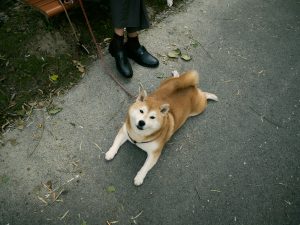
-
Avoid Intense Exercise
Adjust activities: Replace outdoor activities like running or playing fetch with mentally stimulating toys, snuffle mats, or indoor games.Swimming is a great option: If your dog enjoys swimming and it’s safe, it’s a fantastic way to exercise and cool down. Be sure to choose a safe swimming area and keep it clean.
-
Proper Grooming (Don’t Shave Your Dog!)
Regular brushing: Brush your dog daily to remove dead hair and mats, allowing air to circulate to the skin and help with cooling. This is the most effective way to maintain comfort.Trim carefully: For dogs with thick coats (like Alaskan Malamutes or Samoyeds) or older, heat-sensitive dogs, consider asking a professional groomer to trim or thin the fur slightly, but always leave enough length (at least 2-3 cm) to protect the skin from sunburn, bug bites, and excessive heat.Don’t shave: A dog’s fur acts as an insulator (blocking external heat) and a sunscreen (protecting from UV rays). Shaving your dog’s coat not only fails to cool them down effectively (it may even lead to sunburn and overheating), but it can also cause sunburns, skin issues, bug bites, and follicle damage.
-
Pay Special Attention to Vulnerable Groups
Senior dogs, puppies, overweight dogs, and dogs with heart or respiratory conditions (like collapsed trachea or brachycephalic breeds): These dogs are more sensitive to heat and are at a higher risk of heatstroke. Be extra cautious and keep them in air-conditioned rooms, avoiding unnecessary outdoor activities.Brachycephalic breeds (French Bulldogs, English Bulldogs, Pugs, Shih Tzus, etc.): These dogs naturally have shorter airways, making them less efficient at cooling off, and they are the most at risk for heatstroke. They must stay in air-conditioned spaces and only go outside for very short periods when it’s cool and necessary for bathroom breaks.
Dogs have much lower heat tolerance than humans, and it’s up to owners to take proactive steps to ensure their safety. Prevention is always better than cure!

